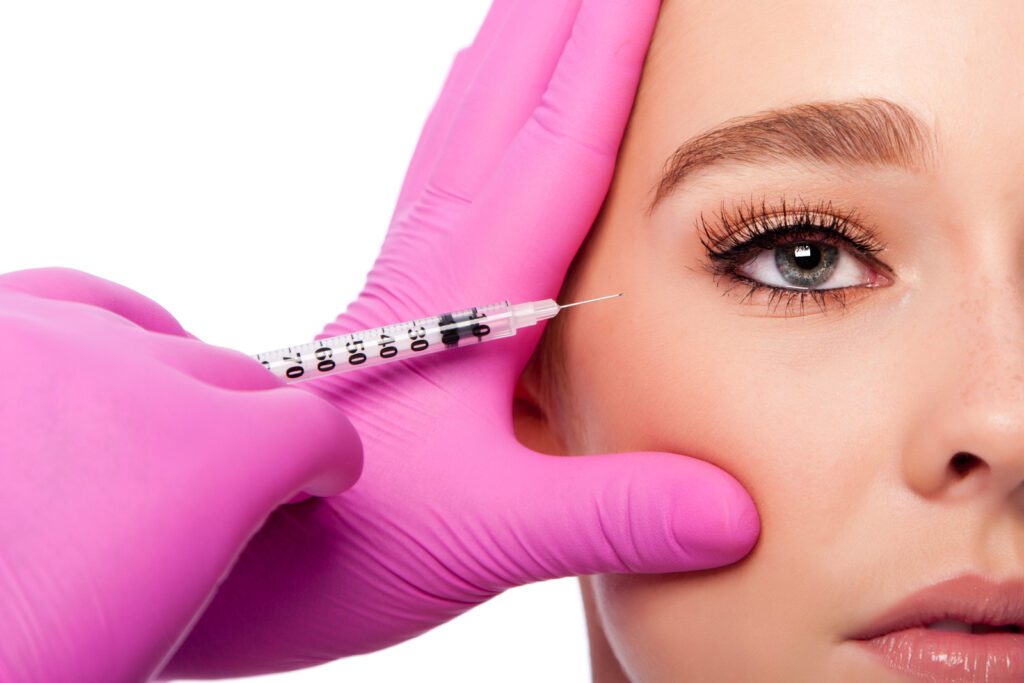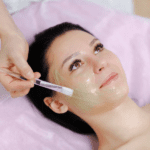
When it comes to the delicate canvas of our faces, time inevitably leaves its mark. One of the most common signs of aging that many of us face is the development of crow’s feet, those fine lines that emanate from the corners of our eyes.
While these lines are a natural part of the aging process, effective ways exist to understand, prevent, and treat them.
In this comprehensive guide, we’ll delve into the intricate details of crow’s feet, shedding light on their causes, sharing strategies for prevention, and unveiling various treatment options you can explore.
Along the way, we’ll talk about neuromodulator toxins. They are utilized that had gained traction in skincare and anti-aging.
The Science Behind Crow’s Feet
As we journey through life, our skin undergoes a series of transformations. The youthful suppleness we once took for granted gradually gives way to the formation of crow’s feet.
This natural process is driven by various factors, including the breakdown of collagen and elastin – two vital proteins responsible for maintaining the skin’s elasticity and firmness. Over time, our skin’s ability to produce these proteins diminishes, resulting in fine lines around our eyes.
Causes of Crow’s Feet

While aging is the primary driver behind crow’s feet, several other factors can exacerbate their development.
These include prolonged sun exposure, which accelerates collagen degradation and leads to premature aging.
Similarly, the repeated facial expressions we make – like squinting or smiling – can contribute to forming these lines over time. Smoking, a habit that harms overall skin health, is also linked to the early onset of crow’s feet.
Prevention Strategies
Preventing crow’s feet begins with conscious and proactive skincare. Shielding your skin from harmful UV rays by using sunscreen with a high SPF rating is crucial. Antioxidants and vitamins, when integrated into your skincare regimen, help combat the effects of free radicals and promote skin health.
Adequate hydration, a balanced diet rich in nutrients, and regular exercise maintain the skin’s youthful appearance. Moreover, managing stress effectively can reduce tension in facial muscles, minimizing the risk of crow’s feet formation.
Lifestyle Habits that Aggravate Crow’s Feet
Certain habits can inadvertently contribute to the development of crow’s feet. Excessive squinting, often due to inadequate vision correction, strains the delicate skin around the eyes.
Poor sleep patterns and an unhealthy diet without essential nutrients can accelerate aging. Beyond its adverse impact on general health, smoking also impairs blood circulation, affecting the skin’s ability to repair and renew.
Treatment Options

Fortunately, various treatment options exist to address crow’s feet and rejuvenate the skin. Topical creams and serums enriched with retinol and hyaluronic acid can help diminish the appearance of these lines.
Dermatologists offer professional interventions such as neuromodulation therapy, Botox injections, dermal fillers, and chemical peels to restore a youthful look. When administered by skilled practitioners, these treatments yield impressive results by targeting specific aspects of skin aging.
Conclusion
In conclusion, understanding the causes, prevention strategies, and treatment options for crow’s feet empowers us to make informed decisions about our skincare journey.
If you want to explore professional treatments or gain expert guidance, consider contacting Saint Aesthetix, a trusted name in skincare and aesthetics. Their team of experienced professionals is dedicated to helping you achieve a radiant, youthful appearance.
Call or message Saint Aesthetix today to embark on your timeless beauty journey.


